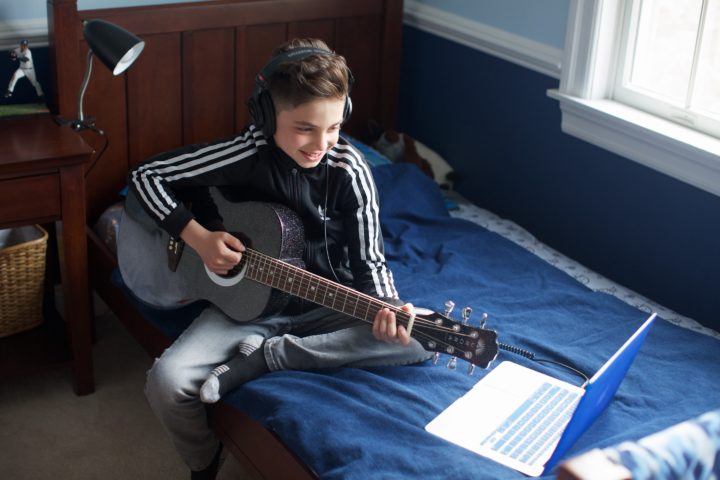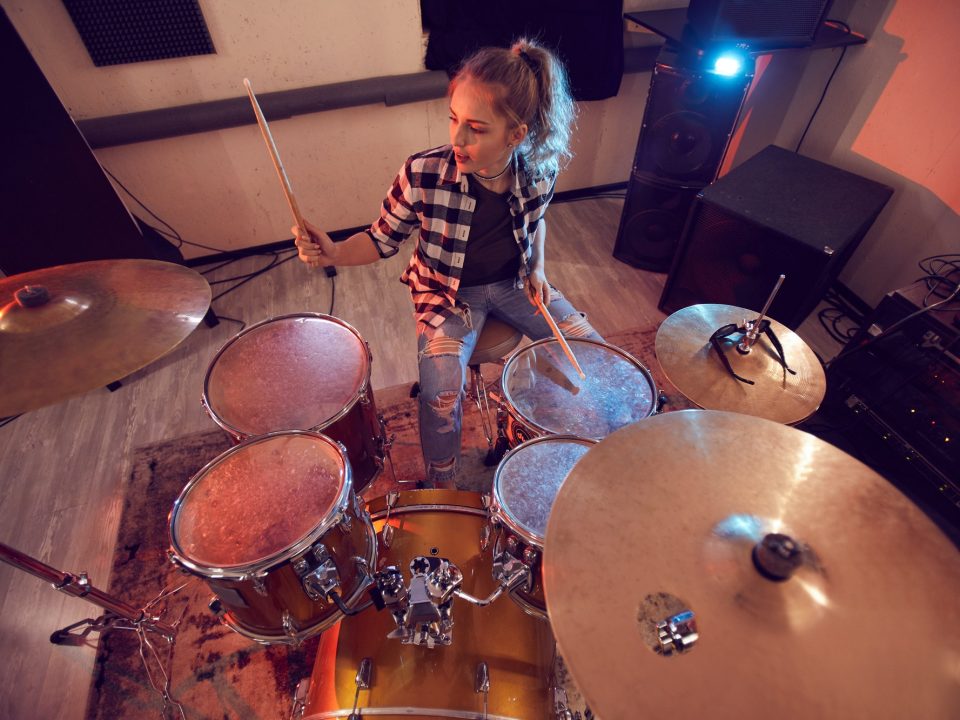- 11301 Countryway Blvd, Tampa, FL 33626
- 813-925-0102
At Home Music Theory Guide Beginners

Schools Reopening
May 27, 2020During the pandemic, our teachers at Westchase Music School have offered both online and in-person music lessons. Many parents have asked what their child can do at home to work on music theory. This guide will contain all the resources we have sent out so
far, as well as some lessons you can print and/or cut out. Some of these lessons are derived directly from Music Ace Maestro, our flagship program for music theory. You can find a table of contents below.
Lesson Instructions & Ideas
- Lines & Spaces – Cut out the treble staff and whole note. Instruct the student to place the whole note on a line, then on a space. Do this several times. Then, place the note on a line or a space, and instruct the student to move the note to a different line or space.
Try having them move the note to a high pitch or a low pitch. High pitches are high up on the staff, while low pitches are towards the bottom. You can also place two notes on the staff and ask the student which one is higher or lower. - Aural Pitch Identification – Using a piano or any other instrument (or voice), play or sing two pitches. Ask the student to identify which note sounds higher or which note sounds lower. Make sure to put lots of space in between these notes so they are easy for the student to identify which one is high or low. As the student becomes more advanced, you can shrink the space between the pitches to make it more challenging to identify which one is higher or lower.
- Keyboard Identification – Cut out the note names on page 6 (two pages are provided, one with colors and one in black and white depending on your printer – the colored notes will help students remember that the notes always show up in the same pattern on the piano). Tape each of these to the corresponding keys on your piano at home. There are enough note cut-outs to supply up to an 88-key piano. Once the student is ready, remove the letters from the keys. Then use the cut-outs by handing them to the student and instruct them to find every instance of a certain letter. For example, hand them each “E” card and say, “show me every ‘E’ on the piano”. The student should then try to place an “E” on each corresponding key. If you’re unsure where the notes are, the purple Primer book has a diagram on page 24.
- Note Flashcards: You may visit
http://linkwaregraphics.com/music/zips/flashcards/music-flash-cards-music-notes-andanswers.zip for a download link that has lots of printable note flashcards. Note that due to copyright reasons, we cannot include these flashcard cutouts in this ebook. - Music Staff Word Games (Pages 6 – 8): Once students becomes more comfortable with identifying notes, you can use these short word games. Students will look at each picture, then try to fill out the blank letters and guess the word. Every blank letter they
fill in is a note on the music staff. Once they know which letter to fill in, the student should then draw that note on the music staff above each letter they wrote in. (Some letters that are not part of the musical alphabet have already been provided for you).
Related posts
April 26, 2020



